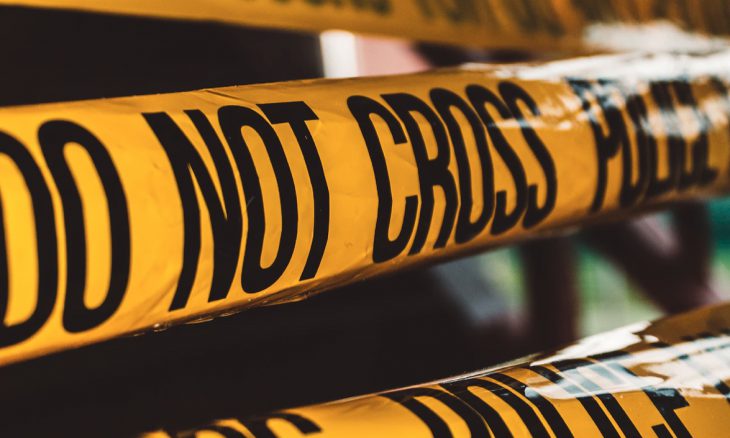Violent Crime is Shredding our Communities

Those who study violent crime agree that its rise is extremely complex, and both policymakers and the public should avoid jumping to conclusions or expecting easy answers. Violent crime had been on the decline, and then the COVID-19 pandemic came along. The pandemic could be a factor in violent crime increases, but it is too early to fully say why crime has risen with such intensity over the last two years.
Crime surged dramatically in 2020. Most significantly, the murder rate rose by nearly 30 percent. Assaults increased also, rising by more than 10 percent. More than 75 percent of murders that year were committed with a firearm, irrespective of firearms laws in many areas.
Despite claims by some in the political world, the rise in violent crime rose roughly equally in cities run by “red states” or “blue states,” making it difficult to place trends on local policy shifts such as criminal justice reform in liberal-leaning jurisdictions. Poor and disadvantaged communities bore the brunt of the rise in violence, which has been true for more than a quarter century.
A Department of Justice report, updated in January 2020, says 25 percent of all serious violent crimes involved a juvenile offender. Of those, more than half involved a group of offenders. The National Center for Health Research reported on risk factors that increase the likelihood of youth violence. Many are not changeable, such as being male, hyperactive, and having a low IQ. But there are others that can potentially be changed such as exposure to television violence, antisocial attitudes, substance use, poverty, gang membership, and abusive or neglecting parents.
An article in Psychology Today suggests that narratives on the causes for violent crime “tend toward the simplistic.” Crimes that are seriously violent challenge one’s moral compass—and they should—but the result is often a rush to condemnation of the perpetrator.
What is being done to make America’s communities safe from violent crime? A brief by the National Institute of Justice discussed what works, what doesn’t, and what holds promise for reducing or preventing violent crime. The brief points to education, training, and professional interventions as helpful. Officials would begin with very young children (mostly for parental training that benefits the youngster), and professional oversight for at-risk communities and families by qualified social workers or therapists.
Schools are valuable for teaching social competency, being consistent with norms, and preparing the student for life beyond the classroom. The brief recommended vocational training for older youth or other male ex-offenders who need it. Housing issues, drug dealing problems, and hot-spot crime areas (such as gang territories) need proven procedures to be applied, including additional policing as needed. Officials also see that monitoring by specialized police units and, finally, incarceration, as the things that address violent crime.
You know that “The Lord tests the righteous, but his soul hates the wicked and the one who loves violence” (Psalm 11:15). While there are social issues, the problem is a sin problem. “For from within, out of the heart of man, come evil thoughts, sexual immorality, theft, murder, adultery, coveting, wickedness, deceit, sensuality, envy, slander, pride, foolishness. All these evil things come from within, and they defile a person” (Mark 7:21-23).
How then should we pray?
- For U.S. citizens to turn their hearts toward the Lord so that the love of Christ increases in communities and areas that are darkened from violent crime.
- That youthful offenders be given guidance out of a life of crime and into a relationship with Jesus Christ.
- For family counselors, especially Christian therapists, who work with parents on child-rearing.
- For judicial and legal officials to approach crime with a realistic attitude, and an appropriate balance of mercy and justice.





